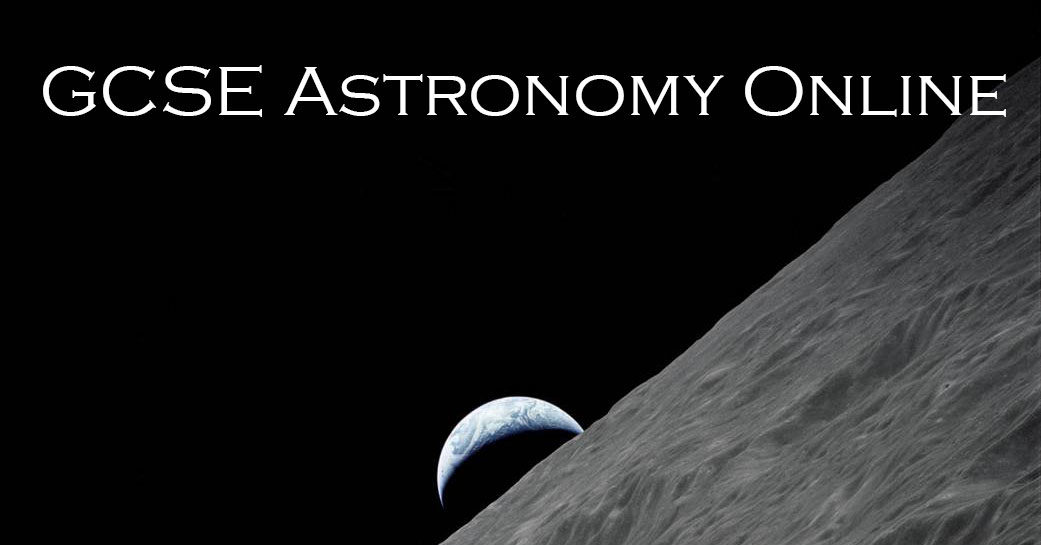Planet Earth is the third planet out from a seething ball of energy that threatens to obliterate it. This isn’t merely a threat – we are guaranteed to be obliterated by the Sun as it swells outwards in it’s dying days in around 5 billion years.
Humanity has long recognised the importance of the Sun to our existence. Without it there would be no life. But ironically, if the Earth was just a little closer, or further away from the Sun, life would also be wiped out. The Earth is 150 million km from the Sun, and at this distance it is not too hot or too cold – just right.
While the Sun’s energy is the driving force behind life on Earth, it is also to be feared. This is apparent to anyone who has sunbathed too long with the resulting damage to the skin. Sometimes the sun ejects bursts of energy towards the Earth that cause curtains of light called aurora in our night sky and threaten to destroy our technology leading to huge problems for Humanity.
Only by understanding the processes that drive the Sun can we hope to plan to deal with the threat it poses to humanity. Over the 200,000 years of humanity’s time on planet Earth, we have gone from worshipping the Sun as a god to understanding that it is a seething, explosive ball of plasma that is converting 3 million tons of itself every second to pure energy such as light and heat. A further million tonnes per second is streaming from its atmosphere, the Corona, in all directions into space in a flood of material called the Solar Wind. In this section we will follow the story of what processes cause the release of that energy from the core of the Sun. We Will follow the path of that energy over 100,000 years as it fights its way from the core to the surface of the Sun before taking just 8 minutes to travel 150 million km from the Sun’s surface to Earth where it is captured by plants and used to make sugar from carbon dioxide and water.
Our food is a chemical store of that solar energy Without that stream of solar energy we would have no food. But the flip side is we will see that sometimes the Sun can release huge bursts of energy towards the Earth that threatens the technology our Society is built upon. Scientists are rushing to be better able to predict the actions of the Sun to protect our networks from catastrophe.
The Sun’s activity may also have an impact on our climate. We will see that there was a correlation between low solar activity and a very cold period of weather in Europe that led to for example the Thames freezing in a little ice age.
And so while we no longer hold onto the superstition of believing the Sun is a God, we can be thankful for its essential life-giving and sustaining energy flow and apprehensive about that same energy’s capacity to wreak havoc on earth. We are a species that is at the mercy of our closest star, the Sun. To better guarantee our survival as a species, many scientists are working on better predicting how it behaves to mitigate against any dangers the Sun poses.
Indeed a lot of our activity in space travel has the overall aim of the colonization of space. This is in the hope that this will remove the vulnerabilities we are subject to here on earth, and guarantee our species survival by colonizing other planets.
To learn more about the Sun and it’s affect on Earth, click here.
